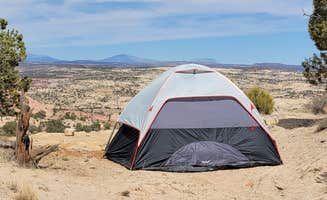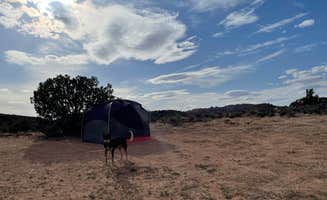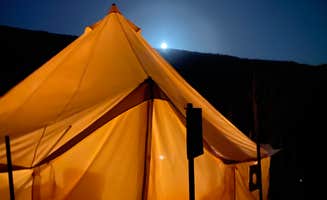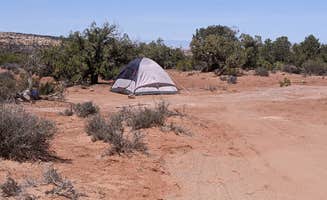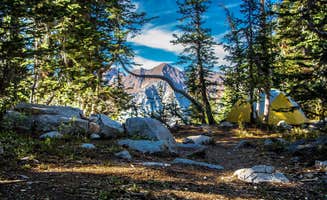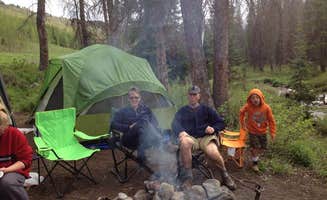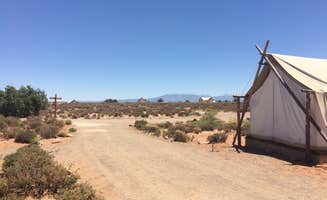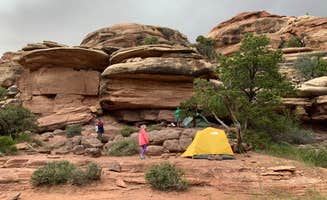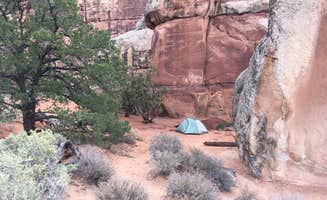Top 10+ Tent Campgrounds in Utah
Utah features numerous dispersed tent camping areas across varied landscapes, from alpine forests to red rock desert terrain. Primitive tent sites such as Volcano Peak Campground and Yellow Circle Road Dispersed Camping Area offer free access with minimal development. Spencer Flat Dispersed Camping in Grand Staircase National Monument provides tent sites with exceptional desert scenery, while Kolob Terrace Road near Zion National Park offers tent campers proximity to one of Utah's most visited destinations.
Most tent camping areas in Utah require self-sufficiency as amenities are extremely limited. Campers should bring all necessary water, as drinking water is unavailable at nearly all dispersed sites. Fire regulations vary seasonally, with many areas allowing campfires when conditions permit, though firewood is not provided. Sites typically feature unimproved ground surfaces with limited clearing. Access to many tent campgrounds requires driving on unpaved roads of varying quality, with some requiring high-clearance vehicles. A review from The Dyrt noted that roads to Fish Lake National Forest campsites were "pretty doable in our truck, but I think it would be easy in a sedan too."
Tent campsites throughout Utah offer exceptional stargazing opportunities due to minimal light pollution. Areas near Moab provide tent campers with convenient bases for exploring nearby national parks while avoiding developed campground fees and reservations. The primitive nature of these sites ensures quieter experiences compared to established campgrounds. Higher elevation tent sites provide relief from summer desert heat, though they may be inaccessible in winter months due to snow. According to a camper review of Kolob Terrace Road, it offers "a great spot about 25 minutes from Zion. Pretty small, but we found a great spot." Tent-specific sites are often tucked among juniper trees or nestled against rock formations, providing natural windbreaks and privacy not available to larger RV setups.


